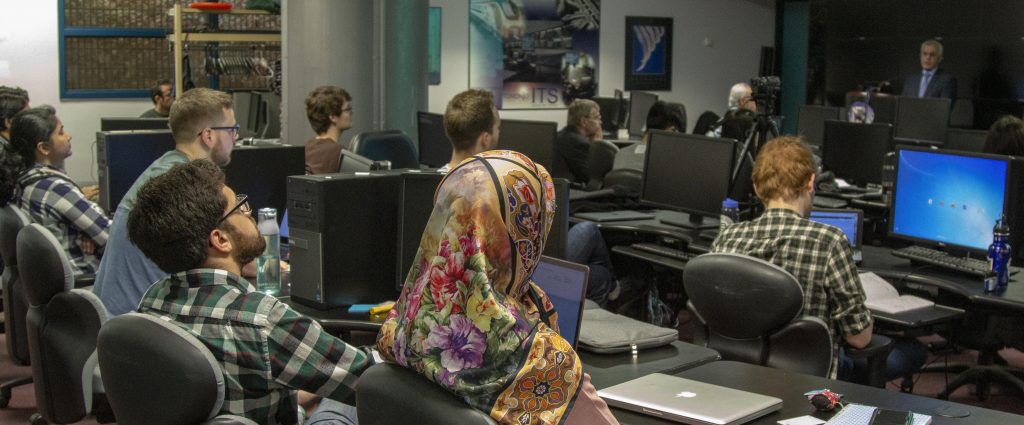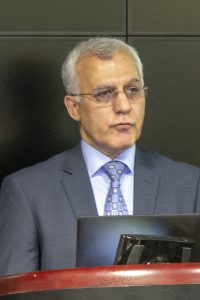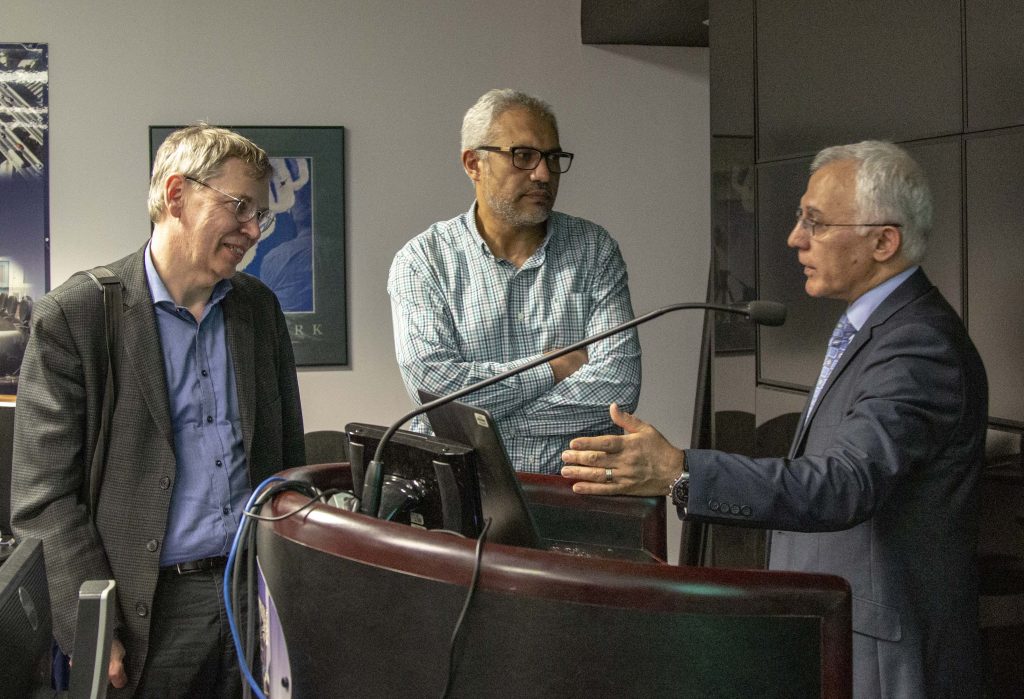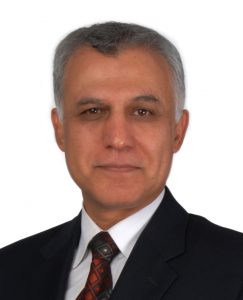
Mr. Yousef Kimiagar, Vice President of Transit Rail Systems at Gannett Fleming, gave a talk about advanced train control systems on March 29, 2019. His presentation was welcomed by a huge audience consisting of professors, postdoctoral fellows and graduate students.

Mr. Kimiagar opened his talk with the importance of rail safety and global rail ridership growth due to population growth and urbanization. As of 2017, global train ridership was 168 million passengers per day. He illustrated this growth in train ridership with statistics of train ridership in cities such as Tokyo and Hong Kong and compared them to Toronto.
According to Mr. Kimiagar, in order to handle the increase in train ridership, advanced train control systems are needed to increase the frequency and throughput of the existing urban rail network. The advanced train control systems aim to ensure safety while improving operational efficiency.
The seminar covered the operational details of different train control systems. Mr. Kimiagar also compared the pros and cons of each train control system and shared figures on worldwide popularity of each system.
Mr. Kimiagar concluded his talk by providing recommendations on the suitability of these systems for Canada.
These are just a few points from Mr. Kimiagar’s presentation. For more details, please see his presentation slides here. UT-ITE has posted a video of Mr. Kimiagar’s seminar here.

Abstract
The growth in the urban populations and the substantial increase in the transit ridership in the last few decades created a higher demand for public transportation and in parallel stressed the existing infrastructures. This has resulted in crowded trains, congested and in some cases unsafe station conditions, and long wait times for commuters. In most cases, the cities facing these issues do not have enough funds to build new infrastructures.
To overcome this issue and sustain the services to the existing passengers and the growing ridership, the agencies in the major cities around the world have focused on maximizing the throughput of their existing infrastructure. To achieve this, they adopted the advanced control systems such as Communications-Based Train Control (CBTC) system to add more trains to the line and operate them at a higher frequency.
In this presentation, I’ll look at major cities such as London, Paris, Hong Kong, and New York, as well as our home town Toronto, and discuss how CBTC has helped increasing the capacity of their transit systems.
Short biography

Yousef Kimiagar, MMSc, PEng, PMP, FIRSE, is an accomplished management and technology executive with over 30 years of experience at senior levels in organizations and management roles in multi-billion dollar rail and transit projects. He is currently Vice President of Transit Rail Systems and responsible for the Canada region with Gannett Fleming consulting firm.
He has Master’s Degree in Management Science from University of Waterloo, Bachelor of Science in Electrical Engineering from IUST, and executive certificate in Artificial Intelligence Implications for Business Strategy from MIT.
Yousef is a Professional Engineer in the province of Ontario and British Columbia, a Project Management Professional and Fellow of the IRSE organization in the UK.
As an active member in the industry, he is the:
- Chair of the CBTC annual conference in Toronto
- Chair of the R&T Subcommittee of the American Public Transportation Association
- Vice Chair of the IEEE CBTC Standard Committee WG2
- Member of the Transportation Research Board Standing Committee on Rail Transit Systems
- Member of the TRB panel reviewing and judging the Research Papers
This seminar was co-presented by iCity-CATTS (Centre for Automated and Transformative Transportation Systems) and the University of Toronto Institute of Transportation Engineers (ITE) Student Chapter.
